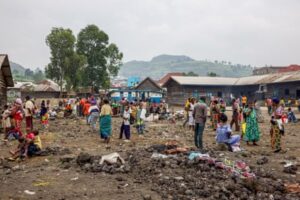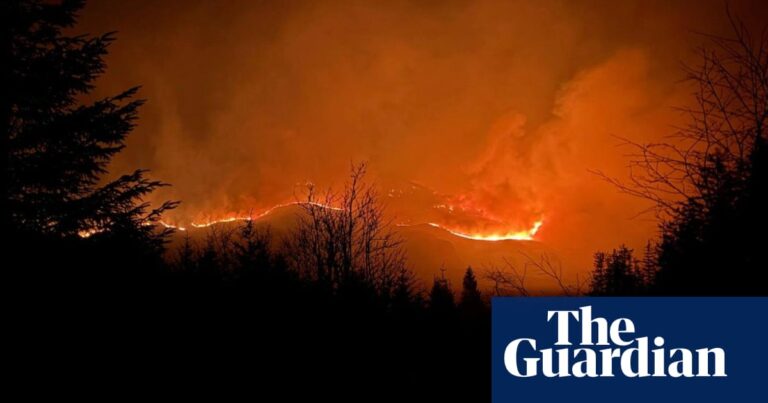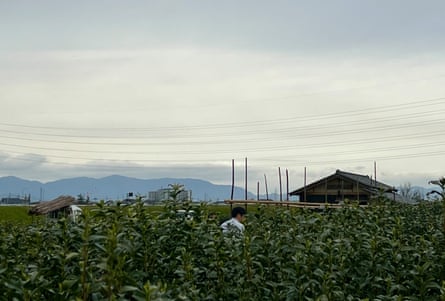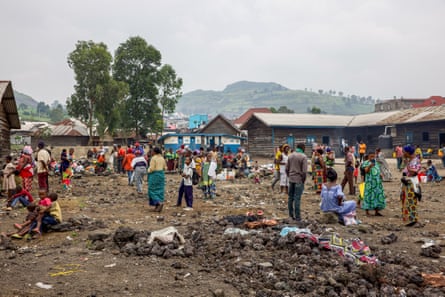Typhoon Gaemi has been wreaking havoc, with the Philippines government forced to declare a state of calamity last week in its capital Manila, and flooding and at least three deaths in Taiwan. . Manila received more than 300mm of rainfall, with resulting floods reaching as high as one-storey buildings in places. More than half a million people have been evacuated or displaced, with 21 deaths confirmed so far.
Gaemi initially developed on Sunday as a tropical storm to the east of the Philippines and then tracked north-west, strengthening until it achieved typhoon status on Monday as it drew level with the northernmost tip of the Philippines. Despite not making landfall in the Philippines, the typhoon interacted with existing monsoon weather systems, worsening the already heavy rains across the island of Luzon and causing several landslides.
As Gaemi continued north-west towards Taiwan on Tuesday, it rapidly strengthened to a very strong typhoon, equivalent to a category 4 hurricane, with maximum wind speeds of 145mph. An oil tanker capsized in Manila Bay as a result of rough seas, resulting in what could be the worst oil spill in Philippine history. Later, a cargo ship also capsized near the coast of south-east Taiwan, with five others run aground nearby.
Gaemi made landfall in Taiwan on Wednesday, bringing torrential rain and further widespread flooding to parts of the island, with three deaths reported at the time of writing. At least four locations reported more than 1,000mm of rain within a 14-hour period. The typhoon weakened to the equivalent of a category 2 hurricane as it crossed the island, then further weakened to tropical storm status as it reached the Chinese coast, making landfall in Fujian province. The storm is expected to bring 200-300mm of rain to parts of south-east China as it moves inland and dissipates over the next two to three days.
after newsletter promotion
The Philippines had already experienced heavy rains last weekend, thanks to an earlier tropical depression that moved north west through the country, and this enhanced the existing monsoon rains. This depression later developed into tropical storm Prapiroon as it moved north-west across the South China Sea, eventually making landfall in China’s Hainan province on Sunday then northern Vietnam on Monday. It was Vietnam’s first tropical cyclone in more than 21 months, a record length of time for the mainland to go without such an event. Large parts of northern Vietnam subsequently received 200-300mm of rain as the storm degraded, with floods and landslides claiming the lives of at least five people.
Source: theguardian.com



















